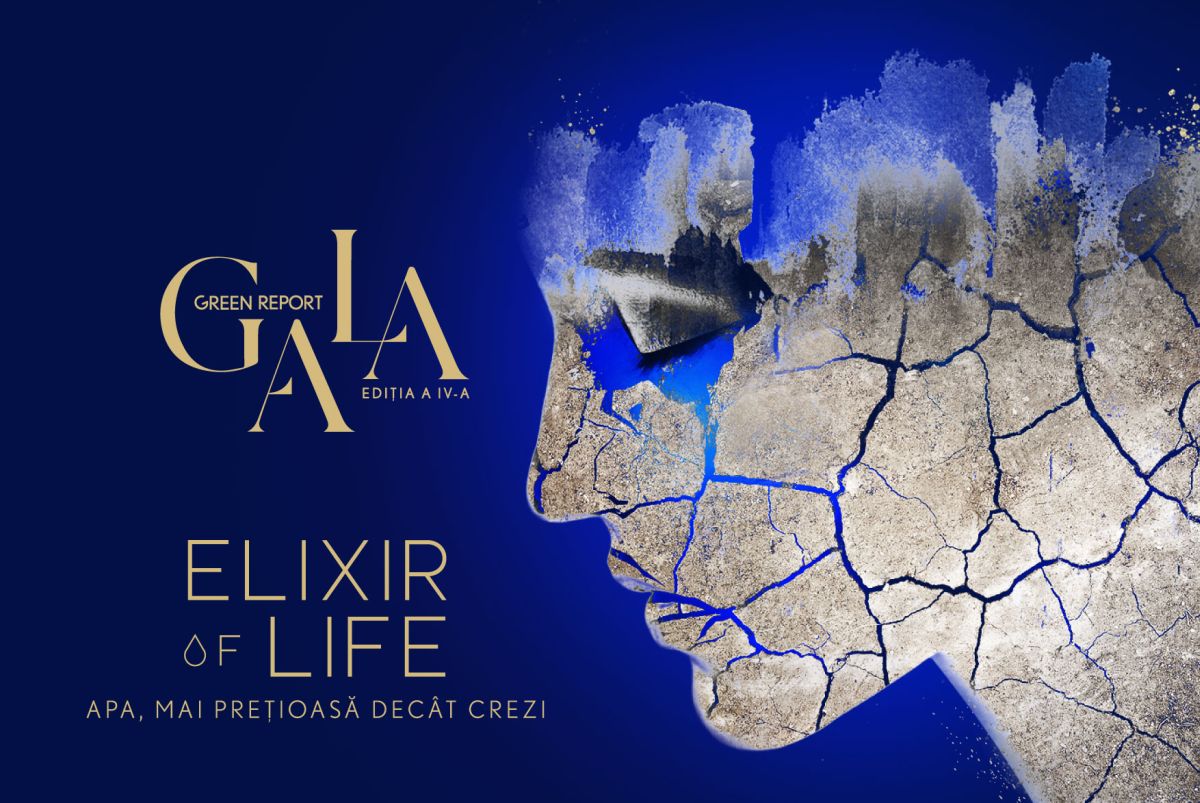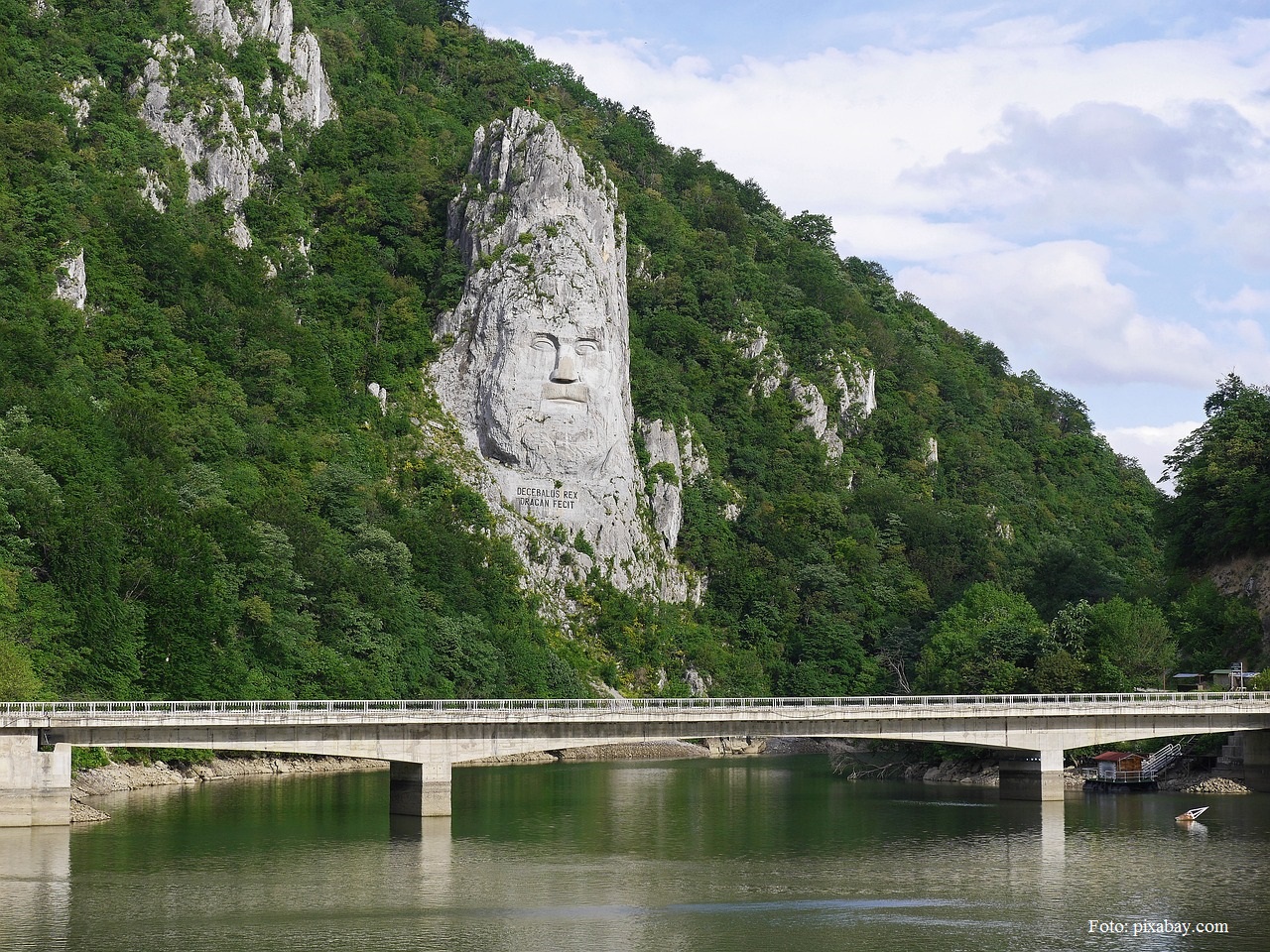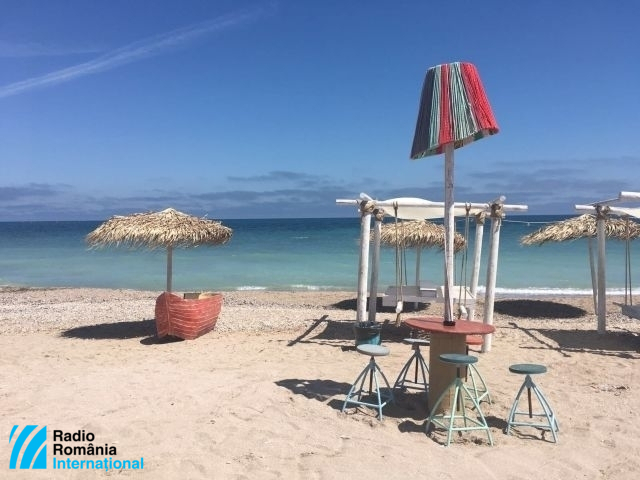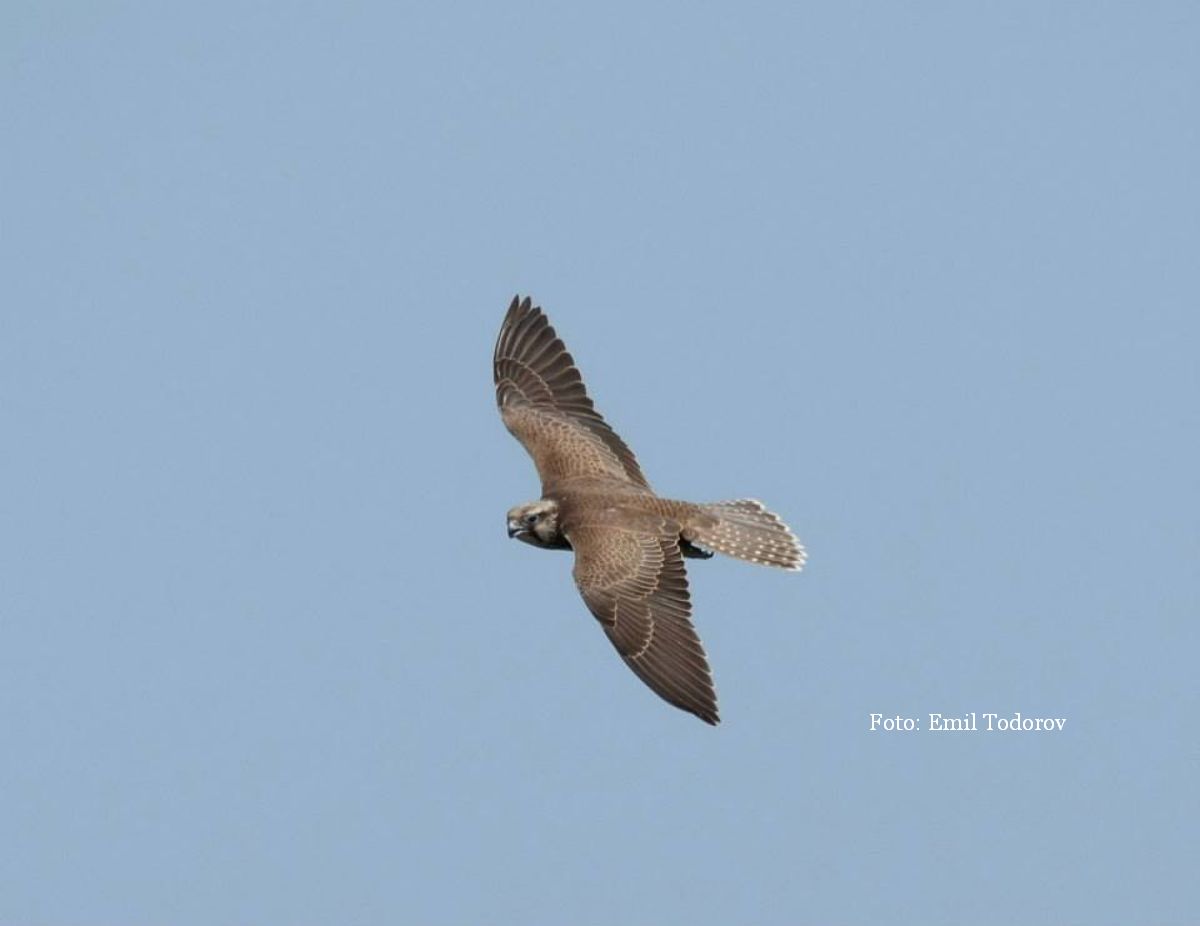Via Transilvanica – Tourism, History, People
ășuleasa Social, an ONG in Bistrița Năsăud County, started a few years ago a special project – a 1,400 km trail crossing the country
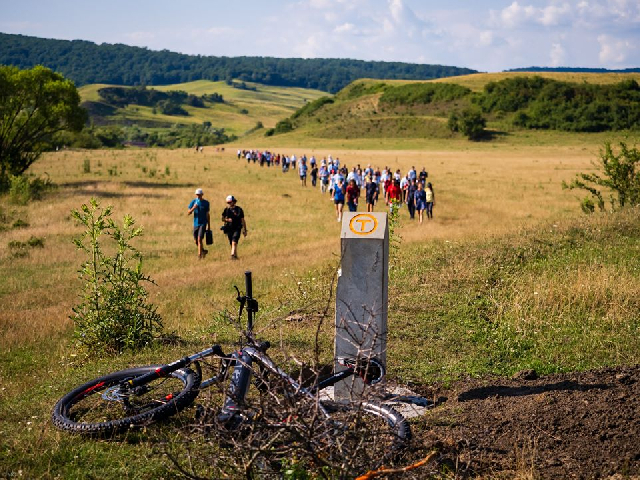
Eugen Coroianu, 25.06.2021, 13:13
Tășuleasa Social, an ONG in Bistrița Năsăud County, started a few years ago a special project — a 1,400 km trail crossing the country from the northeast and southwest. The long road, as they call it, starts from Putna, the resting place of Moldavian ruler Stephen the Great, then crosses the province of Transylvania, with its embarrassment of riches, and reaches Drobeta Turnu-Severin, on the Danube, the place where the first king of Romania, Carol I, entered the country. This trail was documented by the experts with the organization, and is an encouragement to tourists who love to travel not by car, but like to stroll across the countryside. This trail will probably be ready next year, but over large portions it has been marked and is easily identifiable, according to organizers, and one that is hard to stray from. Obviously, 1,400 km is a lot whichever way you look at it, which is why the trail is divided into several segments, all described in detail in a guide that can be found on the Via Transilvanica website. The designers of the project took great care in protecting the environment, said Alin Usieru, president of the Tășuleasa Social organization:
“As far as we are concerned, the designers, who have spent three years on the project, Via Transilvanica is and should be a road that no one should get lost on. Romania is too beautiful, too interesting not to see it walking through it, it has spectacular things at every step. It is as if at every turn there is a treasure buried, and one should just dig a bit and so experience Romania, one end to the other. Long distance roads, I believe, are on long term, the best way to emphasize each historic tier, each cultural tier, the cuisine, the natural and rural environment. In these terms we may be the richest people on the planet, especially in terms of the natural surroundings, which is beneficial for us, and puts us in a unique state of mind.”
Via Transilvanica is a project that should benefit everyone and everything, people and our surroundings too. This is also an invitation for a return to old traditions that the locals keep, offering them to tourists in a way that preserves them. The aim is to convince locals to preserve the natural habitat while earning a living at the same time, protecting their local flora and fauna. Here is what Alin Usieru told us about the sustainability of the project:
“Our best estimate for preserving the environment is having about 100,000 people cross this 1,400 km trail. That would make a sustainable project, which would be of help for 600 communities along the way, it would help them survive. You cant just do environmental protection now without helping people. Almost everyone on the Via Transilvanica trail can become a small businessman, making their household work for them, offering hospitality. Our organization can only cover about half of their needs. The people offering hospitality, but especially the travelers, have to do the other half. A well kept household that offers the best to tourists is one that caters to the environment. At some point, we believed that if we reforested Romania all over, we would solve all our problems. However, now we know that some of the reforestation that has been done can be downright dangerous. People no longer work the earth there, and at the same time we may face a catastrophe if we lose our beautiful pastures. Especially in Transylvania, in fact, all over the Carpathians, which has such abundant flora. Of course forests are important, but they take over every living thing. So a long distance trail solves some of these problems, it provides money to the locals in places it crosses. The tourist becomes a sort of ambassador for this very important biotope. Most of the inhabitants across the trail are well informed. We also educate the children. We emphasize educating the children, as well as local households, which we favor over B&Bs and hotels. We are also working on video presentations.”
The organizers encourage Romanians to get to know their country by taking to this long trail, but they also welcome foreign tourists. Via Transilvanica is a road that breaks the barriers between generations and cultures, because it is dedicated to those who ignore age, experience, and origin, and come here to take the road with a minimal load. Via Transilvania is about diversity, about starting from the plains of the Danube to the peaks of the mountains, on roads as diverse as the people that we hope enjoy them. That is the message of the project, which you can access on their website.

